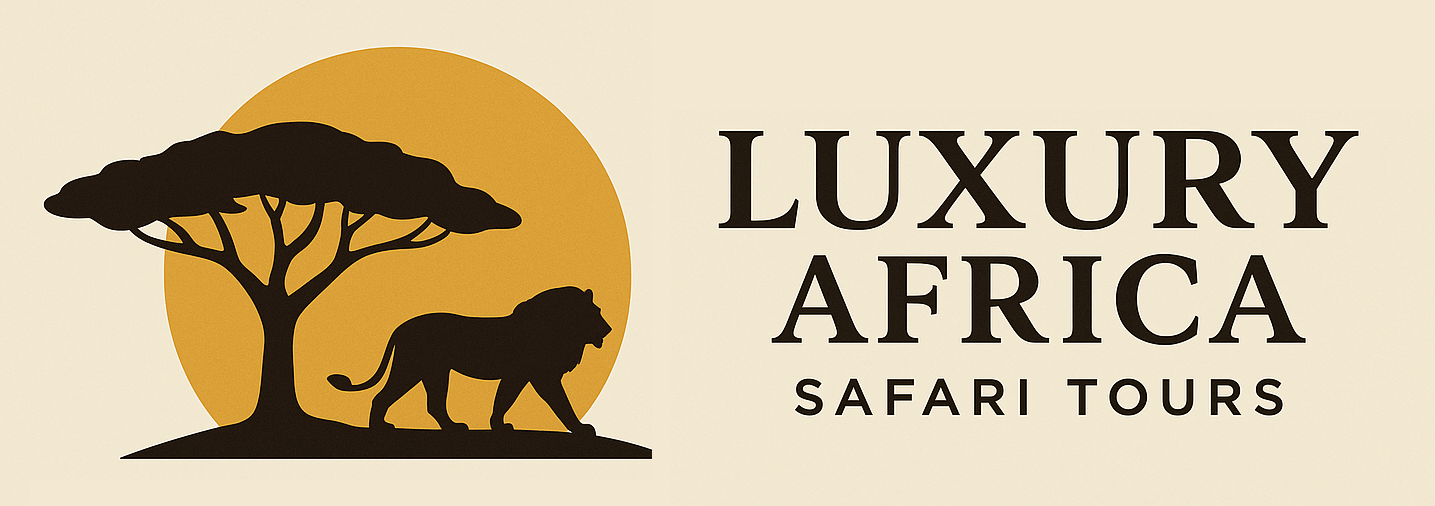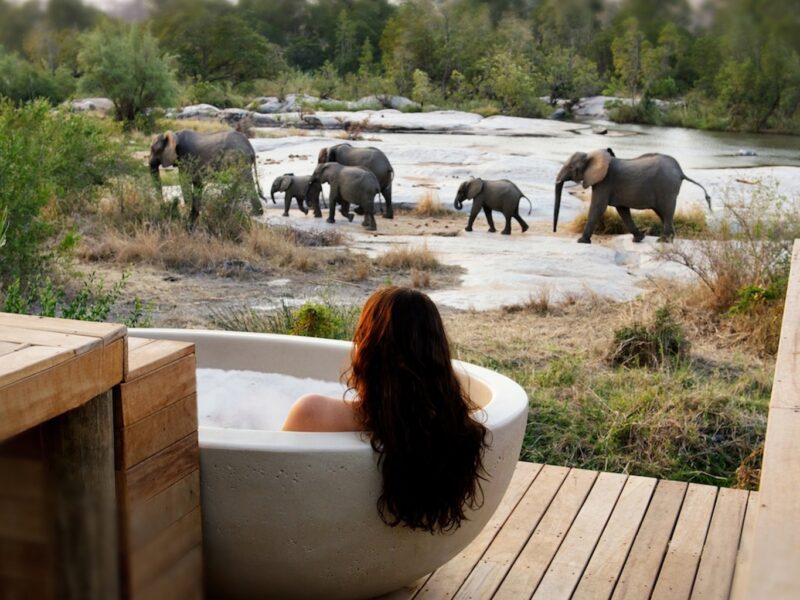A Guide to the Serengeti Great Migration in December
It’s a moment of renewal, a quieter but deeply rewarding time to witness the rhythms of nature taking shape. Whether you’re tracking the first big herds returning to the plains or watching a storm roll across the horizon, this month is a reminder that the wild has its own seasons of anticipation—and that every journey begins with a homecoming.
December marks a significant turning point in the Serengeti Great Migration, as the herds that once pushed far into the north begin their return to the southern short grass plains. After months of trekking through the central and northern Serengeti, and sometimes even venturing into the Masai Mara in Kenya, the wildebeest and zebra gradually make their way back south, guided by instinct and the promise of fresh grazing brought by the early rains. December signals the start of a new cycle, setting the stage for the upcoming calving season and offering a safari experience rich in movement, anticipation, and transformation.
The Return to the South
As the short rains fall over the southern Serengeti and the Ndutu region, the landscape responds with lush green grasses that attract the migrating herds. By mid to late December, large groups of wildebeest and zebra begin to converge around Ndutu, Lake Masek, and the southern stretches of the Serengeti National Park. This movement is not as dramatic or chaotic as the river crossings seen earlier in the year, but it holds its own quiet intensity—a purposeful return to where life begins for the migration each year.
Wildlife Encounters and Predator Activity
The arrival of the herds in the southern plains reignites predator activity. Lions, cheetahs, hyenas, and leopards are well aware of the herds’ return and adjust their territories and hunting strategies accordingly. Although calving hasn’t begun yet, the sheer numbers of animals already present means predator-prey interactions are frequent and thrilling. December offers excellent chances to observe large prides of lions and solitary leopards in the golden light of early morning or late afternoon, especially near the more wooded areas around Ndutu.
A Changing Landscape
The visual transformation of the landscape in December is dramatic. After months of dry dust and muted tones, the rains bring a fresh vibrancy to the Serengeti. The short grasses spring to life, scattered with wildflowers, and water sources refill, attracting birds and smaller mammals. For photographers, this is an ideal time to capture images filled with contrast, color, and movement—from elephants wallowing in newly formed waterholes to giraffes silhouetted against thunderclouds.
A Quieter, More Intimate Safari
One of the greatest advantages of visiting the Serengeti in December is the sense of exclusivity. This is the start of the migration’s southern return but still outside the peak safari season, which begins with the calving in January. Camps and lodges in Ndutu and southern Serengeti tend to be quieter, allowing for more intimate game drives, longer sightings, and an overall more relaxed pace. This is an excellent time for those who want to experience the migration without the larger crowds that accompany the more famous crossing or calving seasons.
Preparing for the Season Ahead
December is a month of transition and expectation. The wildebeest are regrouping, the predators are watching, and the land is recovering. The air is charged with the sense that something major is about to happen—and indeed, it is. By the end of December and into early January, the first calves will be born, signaling the official start of calving season and the beginning of the next dramatic chapter in the migration story.




